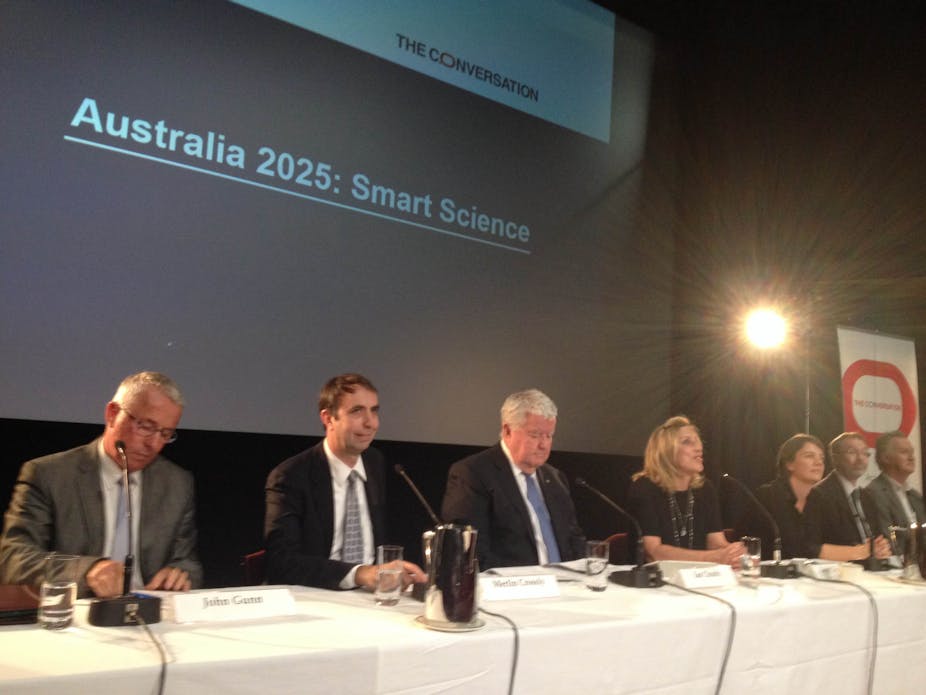Chief Scientist Ian Chubb today called on the federal government to “bring coherence” to research and innovation, otherwise the nation risks being left behind in the fields of science, technology, engineering and mathematics (STEM).
The recommendation is one of many in the Science, technology, engineering and mathematics: Australia’s future recommendations to government, launched at the Australia 2025: Smart Science symposium at Parliament House today.
In his report, Professor Chubb said a long-term STEM strategy – with more focus on cross-disciplinary collaboration and less on academic publication – is imperative for Australia to achieve and maintain international research standings.
“We wouldn’t order a truckload of bricks without knowing the type of house we wanted to build or how many bricks we would need,” Professor Chubb said in his symposium address. “We’d put our time and money into building the house we want, and why would we do less for Australia?”
The symposium, organised by The Conversation and the Office of the Chief Scientist, featured Professor Chubb, Industry Minister Ian Macfarlane and five academic panel members to discuss the importance of STEM in Australia’s future.
The Chief Scientist’s report warns that Australia is the only country in the OECD not to have a current STEM national strategy, and provides recommendations to the federal government on Australian competitiveness, education and training, research and international engagement.
It recommends establishing an Australian Innovation Board to focus and align existing programmes and identify innovation priorities, and accelerate the integration of STEM experts into private and public sectors.
In his address, Minister Macfarlane said he represents the science fraternity “with a passion”, but that “science has allowed itself to be pushed out of the community space” and challenged scientists to “improve your front-foot ability”.
“If you’re feeling a little irrelevant, make yourself relevant,” he said.
The Chief Scientist’s strategy also recommends incentivising teaching into sciences and mathematics, as 40% of Year 7 to 10 mathematics classes are currently taught without a properly qualified mathematics teacher.
“We’ve long known that a chain is as strong as its weakest link, and if we’re to ensure [the sciences] are not weak, we need to explain why they are important. And our children and our grandchildren deserve nothing less from us,” Professor Chubb said.
The strategy highlights a number of case studies from Australia and abroad, including the Square Kilometre Array (SKA), the Australian Academy of Science’s PrimaryConnections programme and the Cooperative Research Centres (CRCs).
Funding to the CRC programme was cut in the 2014 federal budget.
“As Industry Minister and the minister responsible for science I am particularly focused on finding better and smarter ways of organising our science and research effort because as you would be more than aware, we are in a difficult financial situation in terms of our own budget and every dollar has to be well spent,” Minister Macfarlane said.
“We need also to make stronger and more meaningful connections to business and create places where industry and researchers can share a vision before they commercialise it, then go out and commercialise it.
"As I say to industry […] you’ve got to get the foundation right and that foundation is science. It is essential that we lay science in at the first level as we step forward, in terms of taking industry forward.”

